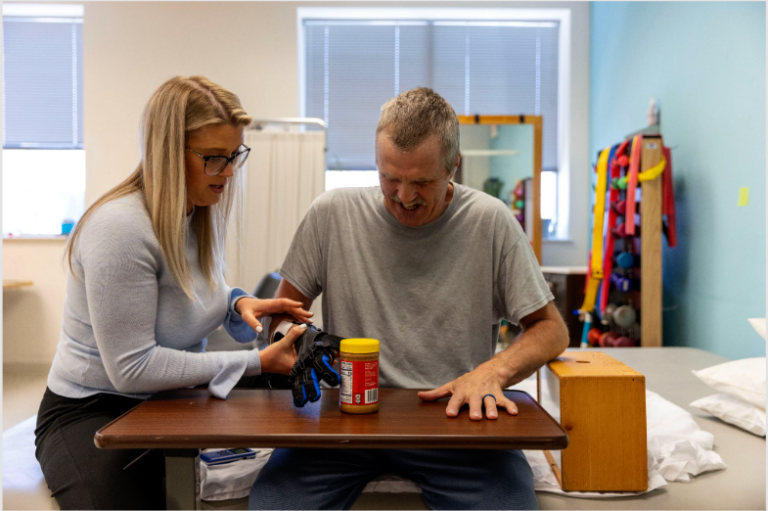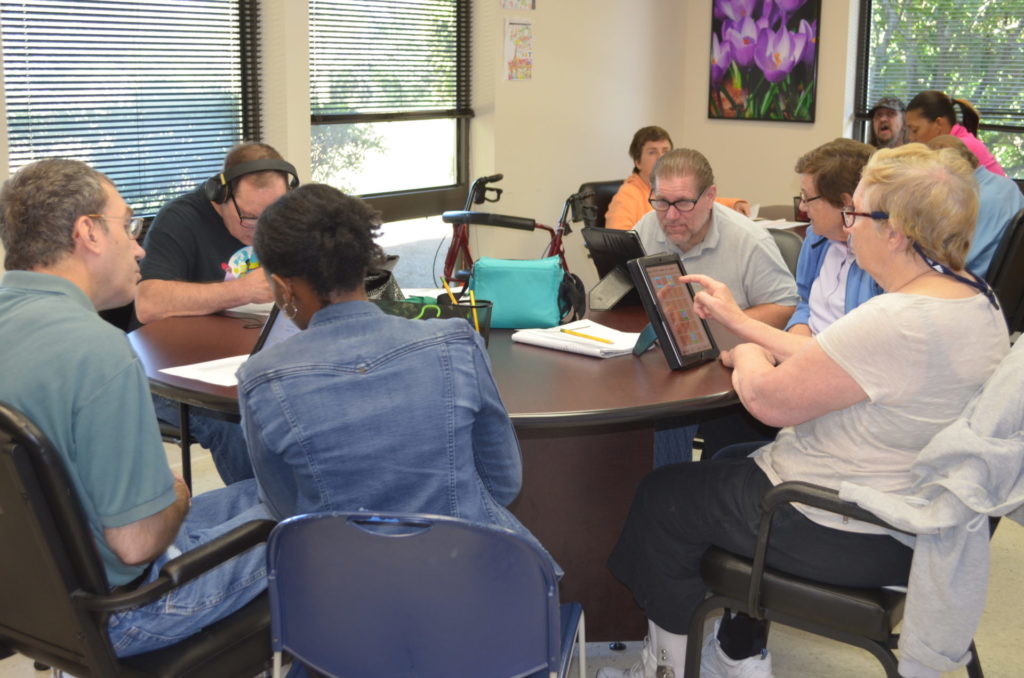NJ.com article written by Susan Bloom:
Every year, tens of thousands of athletes and non-athletes alike are sidelined by concussion. In fact, according to the Centers for Disease Control, concussion rates have doubled in the past decade, rendering concussion the leading form of mild traumatic brain injury (TBI) in the U.S.
As a former high school football player-turned-neuropsychologist, Dr. Michael Heptig, a clinical neuropsychologist at Bancroft NeuroRehab in central New Jersey, has been on the front lines of the growing concussion epidemic for years and now specializes in the treatment and rehabilitation of those whose concussion symptoms are a barrier to returning to everyday life.
Dr. Heptig hopes to help people understand not only how common concussions are, but that they can happen to anyone. And the best defense against concussion? Education, he said.
While concussions are often associated with contact sports such as football, soccer, lacrosse, boxing, or wrestling, they can happen after any incident that jolts the head, causing the brain to “slosh” around inside the skull. Falls, car accidents, and other trauma are common causes as well.
Concussion is defined as an “uncomplicated mild traumatic brain injury,” and, while the CDC reports an estimated 1.67 million cases each year, “that could be a vast under-representation of the real number because some portion of cases go undiagnosed and/or unreported,’ Dr. Heptig said.
According to Dr. Heptig, concussions have historically been underreported in part because of a “shake it off” or “soldier on” mentality that had, until recently, been common in competitive sports and which can do more harm than good.


Specifically, “a concussion that’s not treated appropriately can lead to an extended recovery time,” Dr. Heptig said. While most adults will recover from a concussion within two weeks, those who delay diagnosis or treatment may see symptoms such as headache and fatigue that persist well beyond that typical time frame.
“The symptoms of a concussion typically occur across four domains,” Dr. Heptig explained. “These include physical symptoms such as headache, dizziness, nausea, and balance issues as well as cognitive symptoms involving impairment to memory, reaction time, and attention span. The third category can involve behavioral symptoms such as irritability, depression, and anxiety, while the fourth category can involve sleep-related symptoms such as insomnia or excessive sleeping.”
Below, Dr. Heptig offers advice for preventing a concussion or managing one post-injury:
Recognize the Causes — “While getting hit in the head with a ball or piece of equipment or taking a knee or elbow to the head can lead to a concussion, you don’t need to be hit in the head to suffer a concussion,” said Dr. Heptig, dispelling a common misconception. “A concussion can be caused by any impact that jostles the brain, such as a hit to the chest that’s so hard it causes the head to snap back, creating a whiplash effect.”
Wear Protective Gear — While there’s no protective gear that can totally prevent a concussion on the playing field, “equipment like helmets and mouthguards will help protect against a more serious brain injury and should definitely be worn,” Dr. Heptig said.
Be Honest — “There can be a culture around sports where athletes feel like they’re letting their team, coach, or family down or jeopardizing their place on the team by reporting a concussion,” Dr. Heptig said. “But diagnosis is based on self-reported symptoms, so people need to be honest for their own good. And while parents can often be enthusiastic about their child’s involvement in sports, they need to be the voice of reason and the best advocate for their child’s health and well-being.”
Embrace Education — Dr. Heptig noted that youth and high school sports are changing the way they play — most notably, the way football players tackle — but any contact sport comes with a risk. “The best preventative measure for concussion is truly education — e.g., a better understanding of the causes, symptoms, and management of concussions so that players will be more cautious about injury and recovery in the first place,” Dr. Heptig said.
Get Appropriate Treatment — In the event of a concussion, Dr. Heptig said that prompt and appropriate diagnosis and treatment are key; this includes a regimen of 24 to 48 hours of rest until the symptoms go away, slowly engaging in light activity after that time, and then slowly increasing activity as long as symptoms don’t recur. In addition to treating concussions in late-teen and adult patients, “Bancroft NeuroRehab provides neurorehabilitation for those patients dealing with persistent cognitive symptoms such as memory issues, reduced processing speed, and depression or anxiety,” said Dr. Heptig, who noted that neuropsychological evaluations can also be helpful in developing a concussion treatment plan. “The first line of treatment is usually a primary care physician or a hospital, where imaging can be done to rule out the possibility of a more serious injury,” he said.
“While concussion can happen to any individual,” Dr. Heptig concluded, “the good news is that it can be effectively treated and any future risks minimized if recognized and addressed quickly and appropriately.”
Bancroft is a leading regional nonprofit provider of specialized services for individuals with autism, other intellectual or developmental disabilities, and those in need of neurological rehabilitation. With four locations in central and southern New Jersey, Bancroft NeuroRehab provides an individualized, transdisciplinary approach to treatment of traumatic and acquired brain injuries and neurologic conditions, offering therapeutic day and residential rehabilitation programs to meet clients where they are in the road to recovery.
For more information regarding Bancroft’s specialized services for concussion, contact Bancroft NeuroRehab at (844) 234-8387 or visit www.neurorehab.bancroft.org.
Susan Bloom








